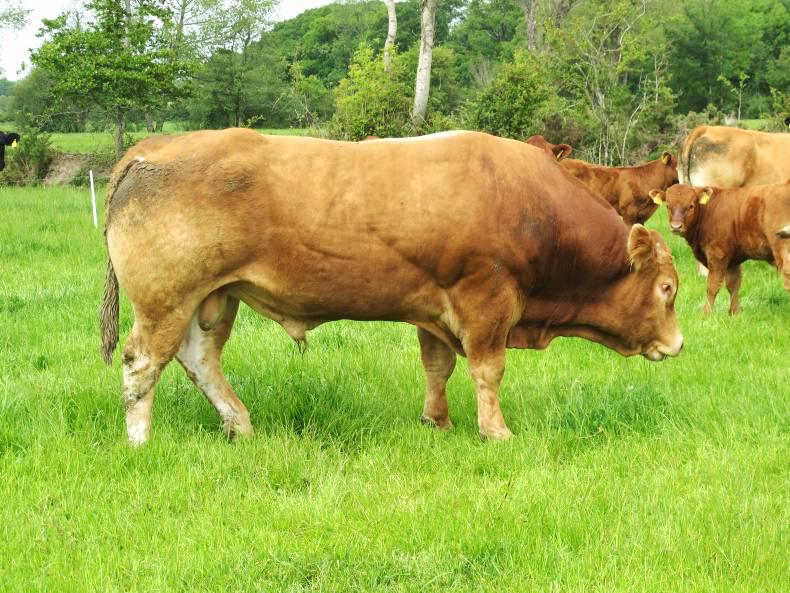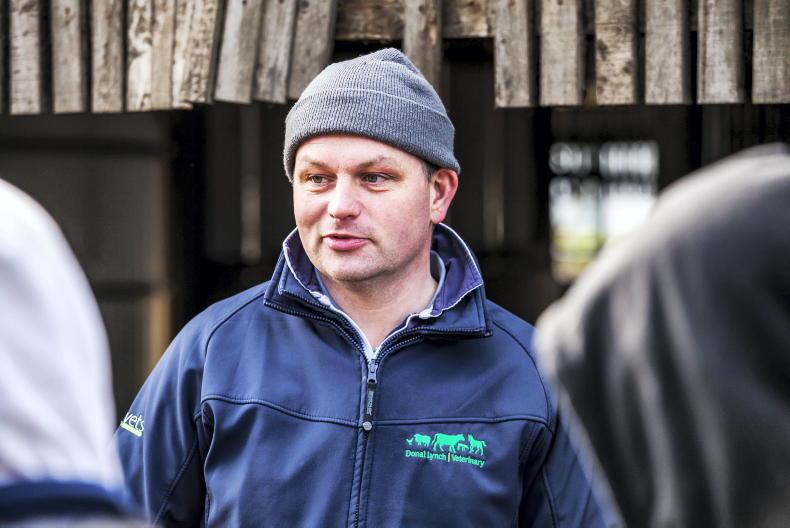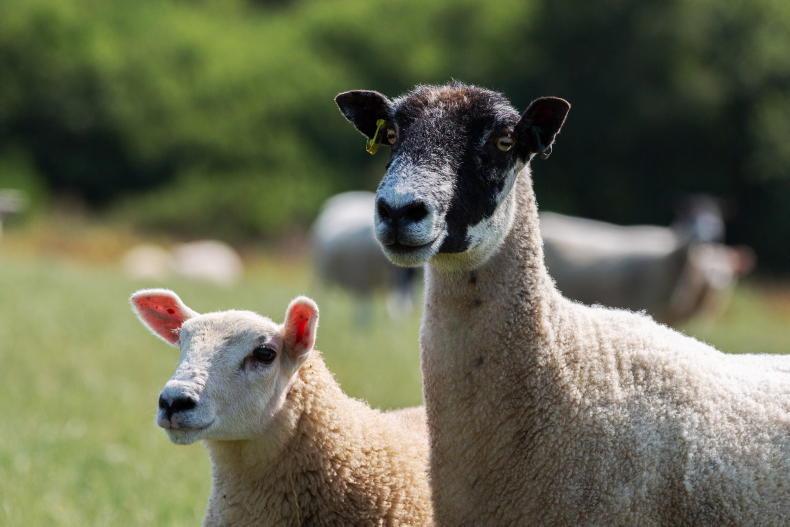With the breeding season due to commence in the coming months, the stock bull should be centre stage. We have all heard horror stories of the consequences of infertile bulls, but this is only one of the issues that can occur. Everything that can be done needs to be done to ensure that bulls are fertile, in good condition and are ready for the breeding season.
1. Ensure bulls are fit but not fat: A mature stock bull will need to be able to serve approximately 40 suckler cows within a 12-week period. For that reason, the bull needs to be adequately maintained. The bull should be fed about 2kg concentrates along with average quality silage for six to eight weeks prior to the start of breeding.
2. Check the feet: A bull’s feet need to be in good condition to allow him to move freely and mount. If a bull becomes lame or tender on his feet, his mounting activity will decrease substantially. If paring is required, this needs to be done well in advance of breeding. If a bull is currently lame, or has an infection in his feet, this needs to be treated quickly.
3. High temperatures can cause infertility/sub-fertility: The semen a bull uses during insemination has been produced approximately 56 days earlier. For that reason, an illness that the bull suffered before the breeding period can affect his fertility during the season. Where a bull has been ill, or develops a temperature during the breeding season, precautions should be taken to ensure that breeding is not affected by this.
4. Consider a fertility test: Prior to the breeding season, if you are in doubt over a bull that has been ill, or if there are questions regarding an old bull, or a newly purchased bull’s fertility, having the bull fertility tested may be an option. This usually costs about €80 to €100 and can be carried out by most vets or specially trained personnel. It is a fast process and will give peace of mind prior to the start of the season. However, it is just a snapshot in the bull’s fertility, a bull can still go sub-fertile or infertile during the season.
5. Know your bull’s figures: Whether buying a new stock bull, or selecting what cows to use him on, the calving difficulty of the bull is crucial. Never use a hard calved bull on heifers, or cows known to have narrow pelvises or who have had difficult calvings.
6. Match the bull to the cow: Where herds are large enough to require more than one stock bull, ensure that groups of cows are selected to run with each bull. The bull should complement the cows’ traits. This will often result in better-quality calves, and should help to avoid calving difficulty.
7. Observe the bull mounting: Because a bull is fertile does not mean he will get cows in-calf. A bull should be observed mounting at regular times during the breeding season to ensure that he can manage the job. There are several physical defects such as cork screwing of the penis which can lead to a bull not being physically able to serve a cow correctly.
8. Keep accurate records: The trap many farmers fall into is that they don’t keep accurate records. Dates and the tag number of each cow served should be recorded. Watch for repeats three weeks later. Remember that conception rates to first service should be at least 60%. If conception rates are lower, act fast to find the problem.
9. Bull-to-cow ration: A mature stock bull should be able to serve about 40 to 50 cows in a season. Muscled bulls are less mobile than less muscled types, and may struggle to serve 40 cows in a tight pattern in a set stocked grazing situation. Where paddock grazing is taking place there will be less pressure on the bull. A young stock bull should be limited to about 18-20 cows in his first season.










SHARING OPTIONS